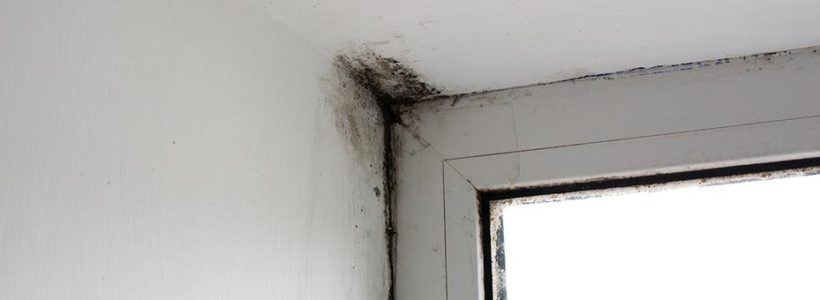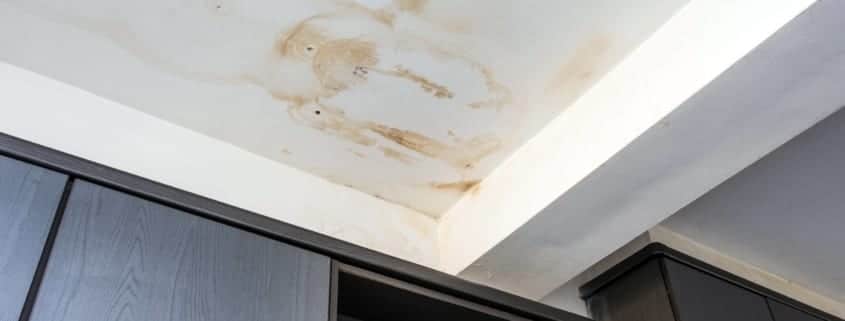Detect and Repair a Stain from Water on Wall Surfaces: Detailed Instructions
Detect and Repair a Stain from Water on Wall Surfaces: Detailed Instructions
Blog Article
What're your insights and beliefs about How to Remove Water Stains from Walls and Ceilings?

Water stains on wall surfaces are not enjoyable to the eyes. In some cases it appears nearly unavoidable to experience water spots on wall surfaces in homes.
Homeowners living in moist areas frequently deal with the fear of water stains on walls. With exact and also well-shaped info on the causes of water discolorations as well as punctual repair work processes, you will certainly always be an action in advance of such occurrences.
3 Typical Root Causes Of Water Stains on Wall Surfaces
In contrast to popular belief, water discolorations on wall surfaces do not always originate from bad building materials. There are several root causes of water discolorations on walls. These include:
Poor Drain
This will protect against water from seeping right into the walls. This links to excessive wetness that you notice on the wall surfaces of your structure.
So, the leading source of damp wall surfaces, in this instance, can be an inadequate drain system. It can also be due to bad management of sewage pipes that go through the structure.
Moist
When hot damp air consults with completely dry cool air, it causes water droplets to form on the walls of structures. When there is vapor from cooking or showers, this happens in washrooms and also kitchen areas. The water droplets can stain the surrounding walls in these parts of your house and infect various other areas.
Damp or condensation influences the roofing system and also wall surfaces of structures. This causes them to appear darker than other locations of the house. When the wall surface is wet, it creates an ideal setting for the development of microbes and fungis. These may have unfavorable effects on health and wellness, such as allergic reactions and also breathing conditions.
Pipeline Leaks
Many houses have a network of water pipes within the walls. This guarantees that the pipes are well away from the reach of damaging rodents. It constantly raises the stability of such pipelines, as there is little oxygen within the walls. This discourages corrosion.
A disadvantage to this is that water leak affects the wall surfaces of the building and also causes extensive damages. An indication of malfunctioning pipelines is the look of a water tarnish on the wall surface.
Water Discolorations on Wall Surface: Repair Service Tips
Property owners would usually want a quick fix when dealing with water stains. Yet, they would soon understand this is disadvantageous as the water spots repeat. Right here are a few handy suggestions that will certainly assist you in the repair work of water discolorations on walls:
Pro Tip
A houseplant in your house additionally increases its humidity. If the house is currently damp, you may desire to introduce houseplants with very little transpiration. An example of appropriate houseplants is succulents.
Conclusion
No one wants to have water spots on wall surfaces in their home, it can occur to the finest of us. This write-up gives you leverage, as you now understand just how to manage this mishap if it does occur.
It is always best to recruit expert services to assist repair the damages in your home.
Often it seems nearly inescapable to experience water spots on wall surfaces in houses.
Contrary to popular idea, water discolorations on wall surfaces do not always stem from poor structure products. There are a number of causes of water discolorations on wall surfaces. The water droplets can stain the bordering wall surfaces in these components of your home and also spread to other areas.
Here are a few handy pointers that will certainly lead you in the fixing of water spots on walls:
CHECKING FOR WATER DAMAGE
Water damage can be costly, and it may begin before you even notice the first signs of trouble. Water damage can cause mold and mildew in your walls and floors, which can create an abundance of health concerns for your family. It can also lead to costly repairs of various appliances and general home fixtures. To avoid the pricey consequences of water damage, here are Warner Service’s top 5 places you should check:
The walls – The easiest place to spot the beginnings of water damage is on the walls and ceilings of your home. If water damage is present, there will most likely be water stains, especially around the windows and doorframes, and/or cracks in the drywall. If a stain looks unusual (discolored to brown, black or gray, raised texture), has a swollen appearance or is soft to the touch, contact a professional immediately. The pipes – To avoid water damage, consistently check the pipes in your kitchen (especially the dishwasher and ice maker), bathrooms, laundry room (specifically washing machines) and basement for corrosion, leaks and water stains. Pay special attention to where the pipes connect in your home and the location of caulking around the bathroom fixtures, including toilets, sinks, showers and tubs. Missing or loose caulking and grout could be signs of leaking water. This seepage can also quickly cause mold and rust, so double check your water heater and tank for wet spots on the floor. The floor – Water damage is very easy to spot on the floor. Look for any warping or buckling of the material, especially in the basement. If your home has wood flooring, look for bright white or dark stains. If your home has carpeting, keep it dry and clean. A damp carpet that smells of mold could cause water damage and health problems. To avoid this, consider installing floor pans under your appliances to help prevent damages from small, slow and undetected leaks. The basement and attic – If your basement or attic smells odd check for mold and mildew around the area, especially the valley where the roof meets. While you are inspecting those areas, check for wall cracks, floor stains, rust and dampness in the insulation. If you live in a colder and/or rainier climate, perform routine checks for water damage from melting snow or ice and rain. The exterior – Check the roof for damaged flashing and missing, cracked or curled shingles. There should also be no standing water anywhere outside your home. This could be caused by puddles, leaky rain gutters or hoses, poor drainage, or short gutter spouts. Invest in a sump pump system or water flow monitoring system, and perform routine maintenance on these outdoor appliances to avoid indoor water damage.

As an avid reader about How to Remove Water Stains from Walls and Ceilings, I figured sharing that chunk was worth the trouble. You should take the time to share this write-up if you enjoyed it. Thank you for your time spent reading it.
Ready when you are! Report this page